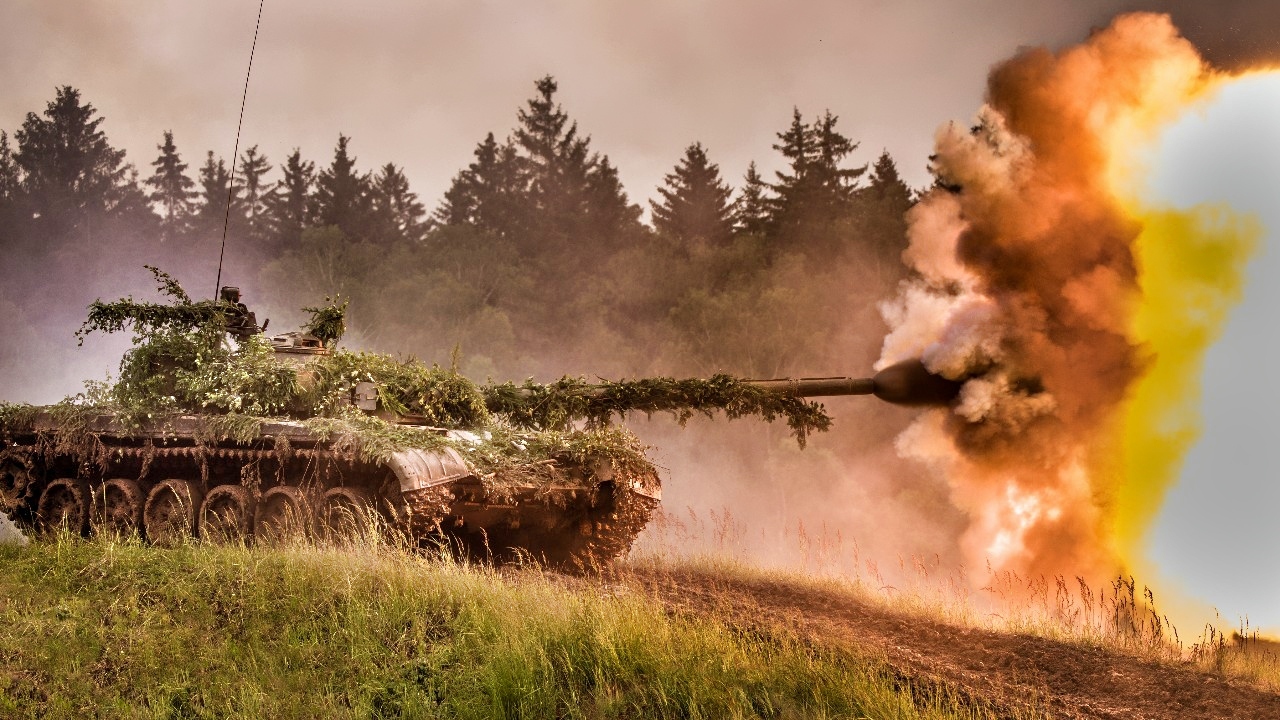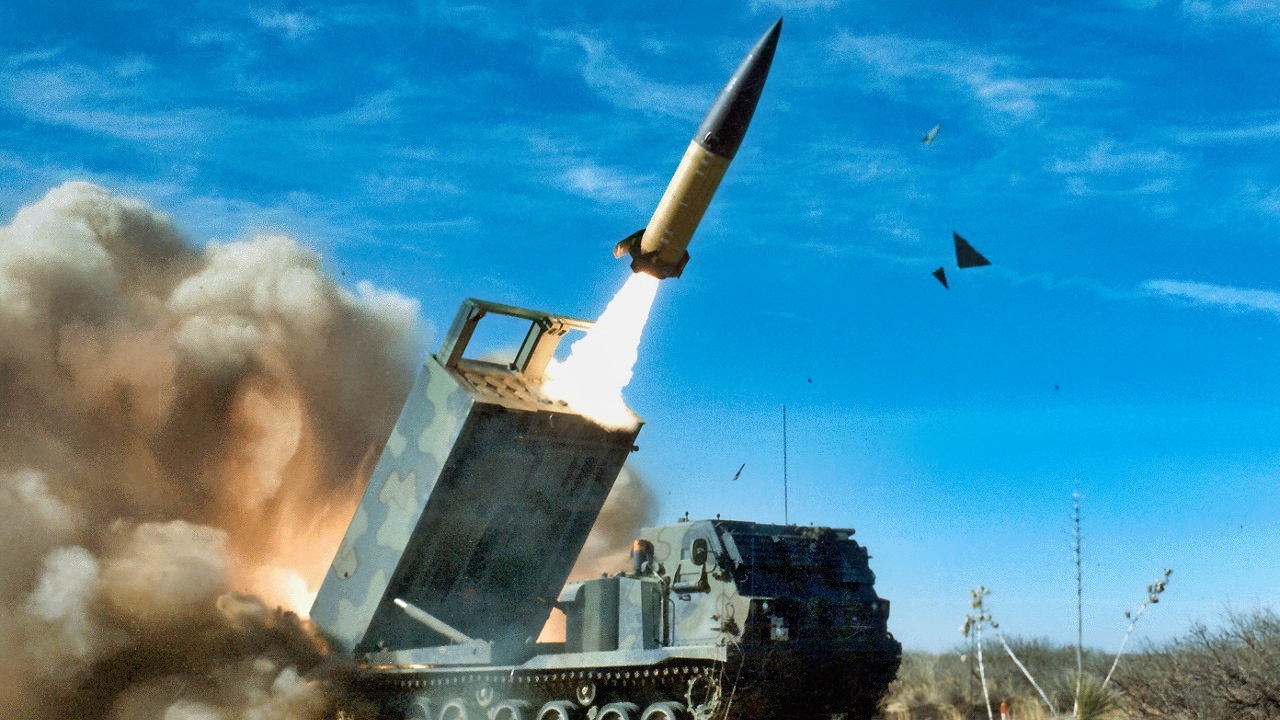Key Points and Summary – After months of grinding assaults in the Ukraine war, Russia may capture Pokrovsk, a battered Donetsk rail hub once home to 60,000. Moscow has massed roughly 150,000–170,000 troops, yet advances remain slow and costly, with summer losses peaking at 700–800 a day.
-The city’s supply routes are wrecked and its mines closed, shrinking its practical value.

T-72 Like Those Fighting in Ukraine.
-A fall could offer a launchpad toward Sloviansk and Kramatorsk—but mainly a propaganda “win” after a year of scant gains.
-For Kyiv, stubborn defense trades space for attrition, turning Russia’s momentum into liability. Even if the flag rises, winter and open terrain likely reduce any victory to a pyrrhic one.
Russia’s Victory in Pokrovsk Would be Pyrrhic
After months of brutal clashes, Russia could soon take another Ukrainian city If the invaders succeed in occupying Pokrovsk in Ukraine’s eastern Donetsk region, it would be their biggest gain since Bakhmut fell in 2023. Still, this slow and bloody siege will arrive at a major cost.
Some 60,000 people once called Pokrovsk home. Now it is a shell of its former self. The erstwhile rail hub’s streets have been reduced to rubble, its buildings bombed out, and most civilians long ago fled. Even Ukrainian officials, keen to keep fighting for the city, acknowledge that the situation is extremely “difficult.”
Russia has reportedly funnelled a whopping 150,000 to 170,000 troops toward the push. Naturally, this vastly outnumbers the tens of thousands of Ukrainian troops estimated to still be in Pokrovsk. Yet despite their overwhelming numbers, Moscow has only been able to advance at a snail’s pace, with every minor gain coming at a high cost.
Russian losses peaked at 700 to 800 casualties a day over the summer as they pushed toward Pokrovsk.
Once a major rail hub for the Ukrainian army’s eastward defences, Pokrovsk also sat at the heart of Donetsk’s booming coal industry.
As of November 2025, supply routes have been destroyed, and its last mine closed, demanding the city’s strategic appeal.
Although it could feasibly function as a future launchpad for further advances against Sloviansk and Kramatorsk, the two largest Ukrainian-held cities remaining in Donetsk. But at the moment, the symbolism of Pokrovsk’s fate is far more important to Vladimir Putin.
The Kremlin has made no significant gains in well over a year, and it craves something it can attempt to spin as a big win at home and on the global stage.
So far the city holds out, delaying Russia’s next offensive and exhausting more of its forces. Ukraine-based soldier Shaun Pinner described the defence as “turning the attacker’s momentum into a liability.” Kyiv cannot always beat Russia in the long run, but it can make its victory as pyrrhic as possible.
Russia could soon raise its flag over Pokrovsk. Yet the city it might inherit is a wasteland surrounded by Ukrainian artillery and open terrain, dooming any new advances to the same slow, costly warfare.
Putin may gain a coveted talking point for his international posturing, but he is unlikely to shift his fortunes dramatically.
Ukraine’s army is battered but intact and increasingly hardened to this grinding urban warfare.
Winter will soon freeze the front lines again, leaving Moscow with, once again, little to show for months of carnage.
About the Author: Georgia Gilholy
Georgia Gilholy is a journalist based in the United Kingdom who has been published in Newsweek, The Times of Israel, and the Spectator. Gilholy writes about international politics, culture, and education. You can follow her on X: @llggeorgia.
More Military
‘Skipper, We Have Been Hit’: Tiny Nuclear Sub ‘Sank’ $4.5 Billion U.S. Navy Aircraft Carrier
China’s Military ‘Quantum Leap’ Doesn’t Add Up
Russia’s Air Defenses Are Springing Leaks—and Ukraine Is Exploiting Them
Japan Might Be Ready to Fight for Taiwan. Would America Do the Same?










